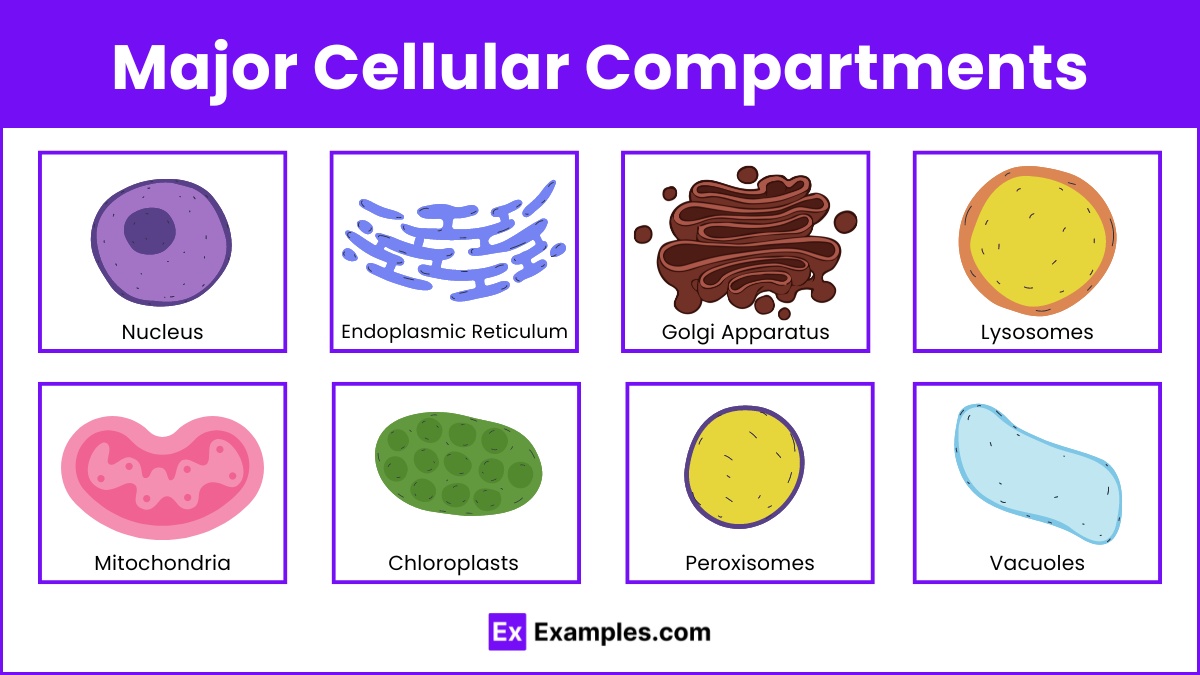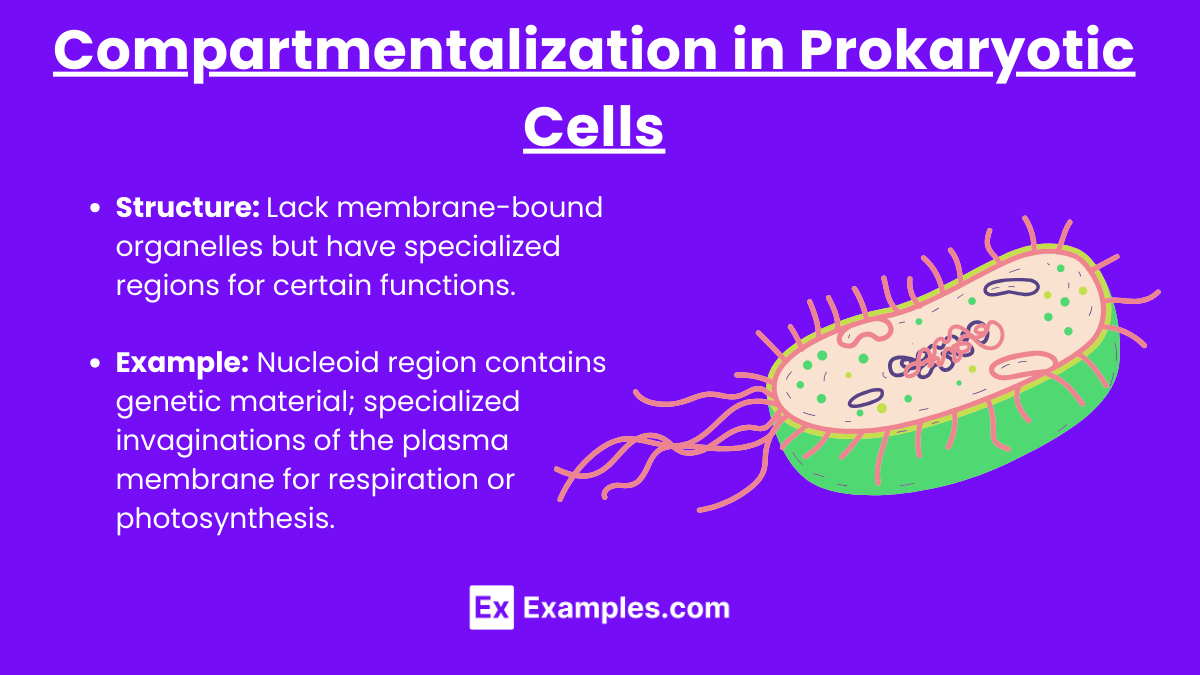In AP Biology, cellular compartmentalization refers to the organization of different biochemical processes within distinct regions of the cell, primarily facilitated by the cell membrane. This selective barrier, with unique chemical properties, separates organelles and the cytoplasm, ensuring efficient functioning and regulation of cellular activities. Understanding this concept is essential for mastering cell biology topics, as it highlights the intricate coordination and specialization within eukaryotic cells.
Learning Objectives
Cellular compartmentalization learning objectives for AP Biology include understanding how the cell membrane and, in plants, the cell wall organize cellular functions within a eukaryotic cell. Students should explain the role of compartments in isolating reactions in the cytosol, relate these concepts to the cell theory, and describe how organelles contribute to overall cell efficiency and specialization. Mastery of these objectives is crucial for a comprehensive understanding of eukaryotic cell organization.
Importance of Cellular Compartmentalization
- Efficiency: By confining specific reactions to distinct areas, cells can increase the efficiency of metabolic processes.
- Regulation: Compartmentalization allows for the regulation of different cellular processes. Enzymes and substrates can be localized to specific compartments, ensuring proper control.
- Protection: Harmful substances or reactions can be isolated from the rest of the cell. For example, lysosomes contain digestive enzymes that break down macromolecules.
Major Cellular Compartments

Nucleus
- Structure: Double membrane with nuclear pores.
- Function: Stores genetic material (DNA); site of transcription (RNA synthesis).
- Key Features: Contains nucleolus, where ribosomal RNA (rRNA) synthesis occurs.
Endoplasmic Reticulum (ER)
- Rough ER:
- Structure: Ribosome-studded membranes.
- Function: Synthesis of proteins destined for secretion or membrane integration.
- Smooth ER:
- Structure: Lacks ribosomes; tubular structure.
- Function: Lipid synthesis, detoxification, and calcium storage.
Golgi Apparatus
- Structure: Stacked, flattened membranous sacs.
- Function: Modifies, sorts, and packages proteins and lipids for secretion or delivery to other organelles.
Lysosomes
- Structure: Membrane-bound vesicles containing hydrolytic enzymes.
- Function: Breakdown of macromolecules, old organelles, and foreign substances.
Mitochondria
- Structure: Double membrane with inner folds (cristae).
- Function: Site of aerobic respiration and ATP production.
- Key Features: Contains its own DNA and ribosomes.
Chloroplasts (in plant cells)
- Structure: Double membrane with internal thylakoid membranes.
- Function: Site of photosynthesis.
- Key Features: Contains its own DNA and ribosomes.
Peroxisomes
- Structure: Small, membrane-bound organelles.
- Function: Breakdown of fatty acids and detoxification of hydrogen peroxide.
Vacuoles
- Structure: Membrane-bound sacs, larger in plant cells.
- Function: Storage of nutrients, waste products, and maintaining turgor pressure in plant cells.
Compartmentalization in Prokaryotic Cells

- Structure: Lack membrane-bound organelles but have specialized regions for certain functions.
- Example: Nucleoid region contains genetic material; specialized invaginations of the plasma membrane for respiration or photosynthesis.
Benefits of Compartmentalization

- Specialization: Different cellular processes can occur simultaneously without interference.
- Optimal Conditions: Each compartment can maintain an environment suitable for its specific functions (e.g., pH, ion concentration).
- Increased Surface Area: Organelles like the ER and mitochondria have extensive internal membranes, providing a large surface area for biochemical reactions.


